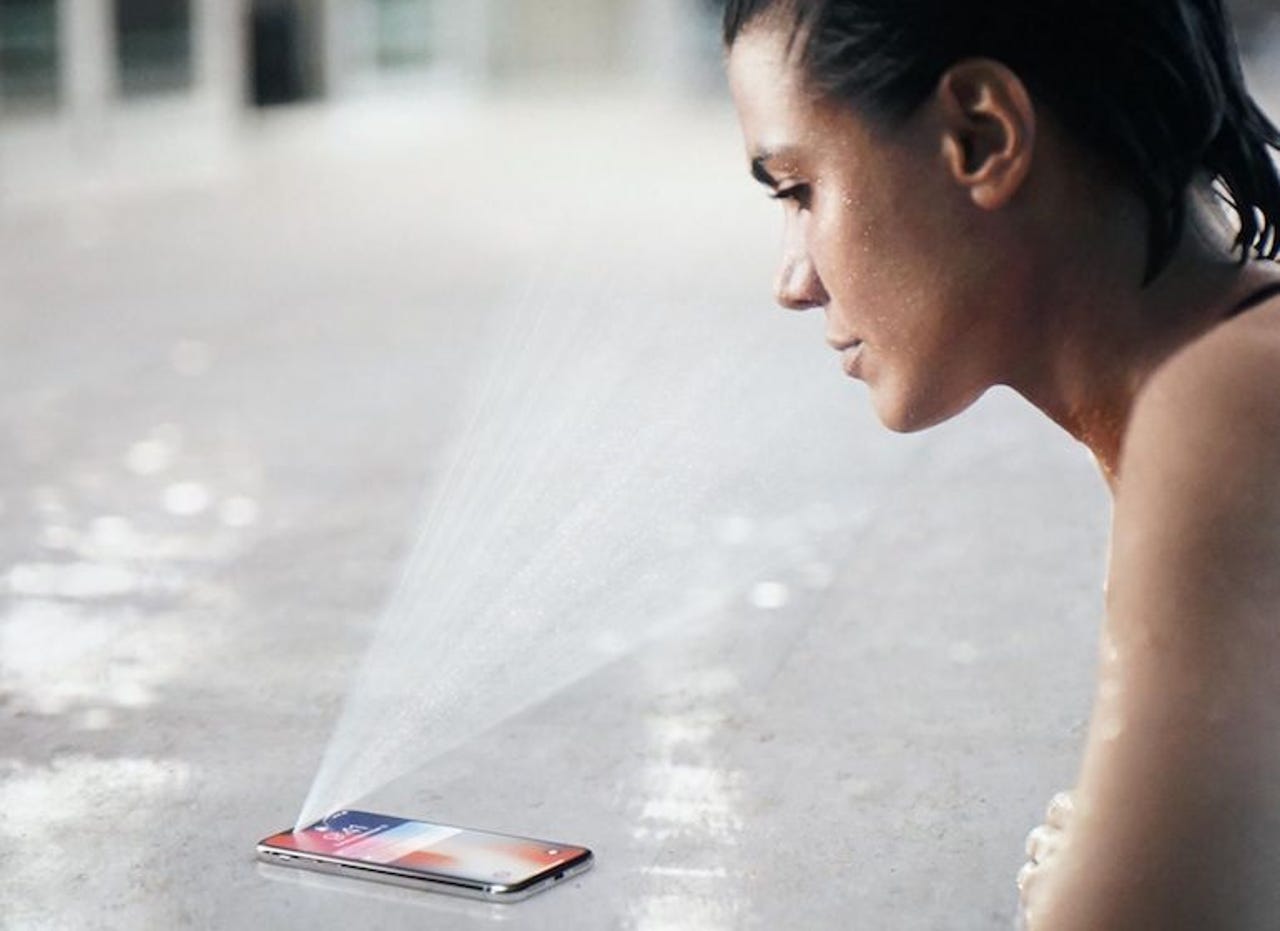Asia is leading social media innovation through livestreaming -- can the US catch up?


Live video streaming is redefining the way people broadcast and consume media. Analysts at Goldman Sachs have predicted that China's livestream video market will grow from $2 billion in 2015 to $15 billion in 2020.
Silicon Valley-based voice, video and livestreaming company Agora.io has been exploring the Asian livestreaming boom and preparing its US customers for when the trend encircles the world.
This trend has taken over social media platforms, messaging apps and e-commerce. It is influencing industries around the world and redefining how people interact with each other, and with businesses.
Livestreaming is producing a new online culture. Across Asia, it has produced new modes of real-time selling, and spawned a raft of new on-air personalities.
While on-demand video is monetized mainly by ads, livestreaming video is monetized by real-time consumer purchasing, virtual gifting, and ads.
The popularity of video streaming apps is at an all-time high in Asia. In China, livestreaming is predicted to be a $5 billion market by 2018. Interestingly livestreaming in Asia is almost exclusively delivered to mobile devices.
Of China's 731 million internet users, 95 percent (695 million) of users consume information on mobile devices.
Of the people with internet connections in China, nearly one-half have used livestreaming apps. The number of livestreaming users in China is predicted to grow to 414 million this year.
Mobile livestreaming usage has grown by 60 percent to 95 percent in Japan, Thailand, and Korea. There, users are logging an average of 300-500 minutes per user per month.
Livestreamers are taking advantage of their popularity. Top livestreamers tend to attract over 100,000 viewers per session. This gives then an opportunity to generate significant amounts of revenue.
They can generate money through purchases of virtual stickers, and filters etc. This in-built monetization model complements the livestreaming experience by focusing on, and prioritizing user engagement.
Livestreamers also make money through micro-transactions. These could be small gifts and donations by fans in real time during the livestream.
In contrast to US modes of entertainment, livestreaming creates new opportunities for fame, and it requires nothing more than a smartphone. This means that both amateurs and pros are taking advantage of the opportunity.
Asian millennials are cashing in on the livestreaming boom. Equipped with smartphones and selfie sticks, they broadcast their everyday lives.
From singing to playing eSports, to putting on makeup, or eating an entire pizza, they are taking advantage of the fact that their potential audience is online -- all the time. Marketers are taking advantage of this phenomena too.
In addition to online entertainment, brands are taking advantage of the livestreaming boom which is boosting China's e-commerce sector.
Almost 70 percent of over 100 beauty brands that have operations in China use livestreaming as a marketing and advertising tool. Their success has encouraged more consumer brands to jump on the bandwagon every day.
Brands are using livestreaming for product launches, fashion shows, and other live promotions, and including real-time buying links. The beauty brand Maybelline sold 10,000 lipsticks within two hours by livestreaming its products using a Chinese influencer.
Alibaba's Taobao and its rival JD.com, which are two of China's biggest online shopping sites, have both launched their own livestreaming platforms -- Taobao Live and JD Live.
Is the US lagging behind?
The US and the West have not caught up yet but it's only a matter of time before brands latch on to the livestreaming boom.
The stage is set for livestreaming in the US and the West as Facebook, YouTube, Twitter, Instagram, and other channels enable livestreaming across their platforms. Surveys show that consumers are engaged and highly receptive to livestreaming video.
Based on rising Facebook ad figures, brands are adopting a traditional spend strategy for live video. According to L2, live video has been playing an increasingly significant role for brands on Facebook.
In August 2016, only one percent of Facebook video posts were live. This climbed to 3.9 percent in November 2016, and reached 4.4 percent in June 2017. This strongly shows the format is maturing.
We now need to wait for the West to look to Asia for mobile innovation and commence its lengthy catch up.
PREVIOUS AND RELATED CONTENT
These brands get the most love on social media
Using social analytics technology, NetBase has looked at over 367 million social media mentions to rank the brands that have received the most positive posts throughout social media.
Social networking and video dominate smartphone use, but email generates the most ROI
The increase in mobile data traffic is an unstoppable force, and entertaining us accounts for over half of this traffic, but does creating content for our entertainment generate the most return on investment (ROI) for marketers?
Are influencers turning away from Snapchat?
New data indicates that influencers are pausing their use of social platforms like Snapchat and are moving to greener, more profitable social media pastures.
Why brands can't thrive without a good influencer marketing campaign
Brands are building deeper relationships with influencers using instant social platforms like Instagram and Snapchat.